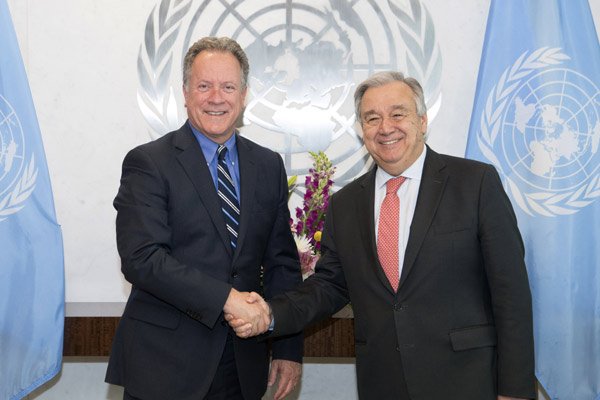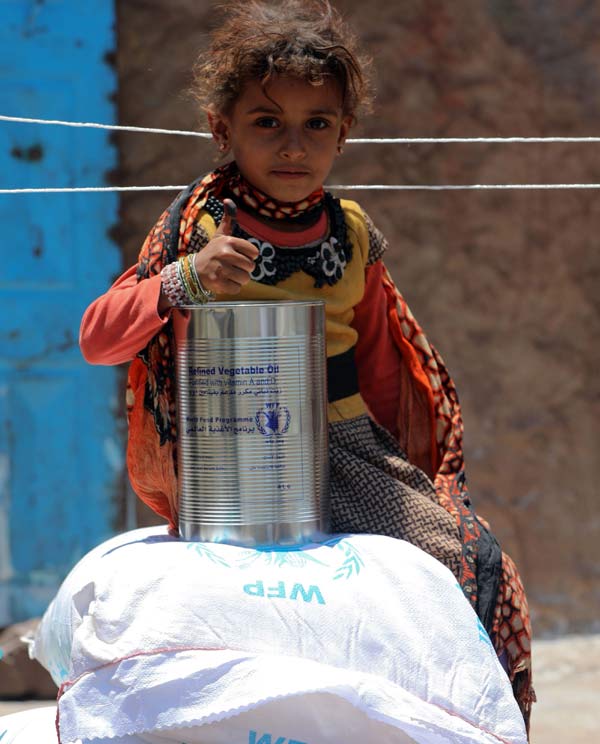World Food Programme wins Nobel for hunger fight
The World Food Programme is a global body affiliated to the United Nations. Its objective is to alleviate hunger from the world.
Published Date - 12 October 2020, 05:35 PM
The 2020 Nobel Peace Prize has been awarded to the United Nations World Food Programme (WFP). The agency was given the prize for its efforts to combat hunger and improve conditions for peace. The WFP, the 101st winner of a prize now worth 10m Swedish krona (Rs 8.3 crore), said it was “deeply humbled” to have won. Some 107 organisations and 211 individuals were nominated for the award this year. Let’s learn more about this UN body working for a great cause globally…
The World Food Programme is a global body affiliated to the United Nations. Its objective is to alleviate hunger from the world. It was established by the United Nations in 1961 to fight global hunger. Its headquarters are in Rome, Italy. It runs various programmes to achieve its aim of helping more than 15 per cent of the world’s population that is facing hunger.
The WFP is working to meet the goals that various international organisation linked to the UN have committed themselves to. These include ending hunger by 2030, achieving food security and improving nutrition.
WFP’s work

The WFP’s Food-For-Life programme is aimed at helping the victims of natural and human-made disasters by collecting and transporting food to crisis areas. It accepts contributions of commodities, cash, and services to help beneficiaries to maintain balanced diets. The programme is aimed at promoting self-reliance by providing food in return for labour.
Also, the WFP workers are often the first ones to reach on the scene of need, providing food assistance to the victims of war, civil conflict, drought, floods, earthquakes, hurricanes, crop failures and natural disasters.
The WFP says its emergency response in conflict-torn Yemen is its biggest anywhere. It aims to support about 13 million people but has faced a number of challenges as it alleges that local leaders diverted funds.
WFP in India

World Food Programme is working in India since 1963. It has been working closely with the government, carrying out reforms in the Public Distribution System (PDS). The WFP has proposed some unique initiatives like Automatic Grain Dispensing Machine (Annapurti) and Mobile Storage Units for the effective implementation of TPDS.
Annapurti allows beneficiaries to withdraw their foodgrain quota accurately and at a time of their choice. It can dispense two commodities at a speed of 25 kg per 1.3 minutes. It has a storage capacity of 200 kg to 500 kg.
Massive outreach
The WFP says it has 5,600 trucks, 30 ships and nearly 100 planes on the move on any given day delivering food and other assistance to those in most need. The global body says it assisted 97 million people the largest number since 2012 in 88 countries in 2019. This makes it the leading humanitarian organisation in the world. WFP says it works to save lives and change lives by delivering food assistance in emergencies and working with communities to improve nutrition and build resilience.
Organisation structure
The WFP is affiliated to the United Nations. It is governed by a 36-member executive board, which works in close association with the Food and Agriculture Organisation (FAO) and the International Fund for Agricultural Development (IFAD) both organs of the UN and based out of Rome.
The WFP is funded entirely by voluntary contributions, which provide money for all its relief and aid works, and also the salaries of more than 17,000 staff worldwide.
Now you can get handpicked stories from Telangana Today on Telegram everyday. Click the link to subscribe.
Click to follow Telangana Today Facebook page and Twitter .